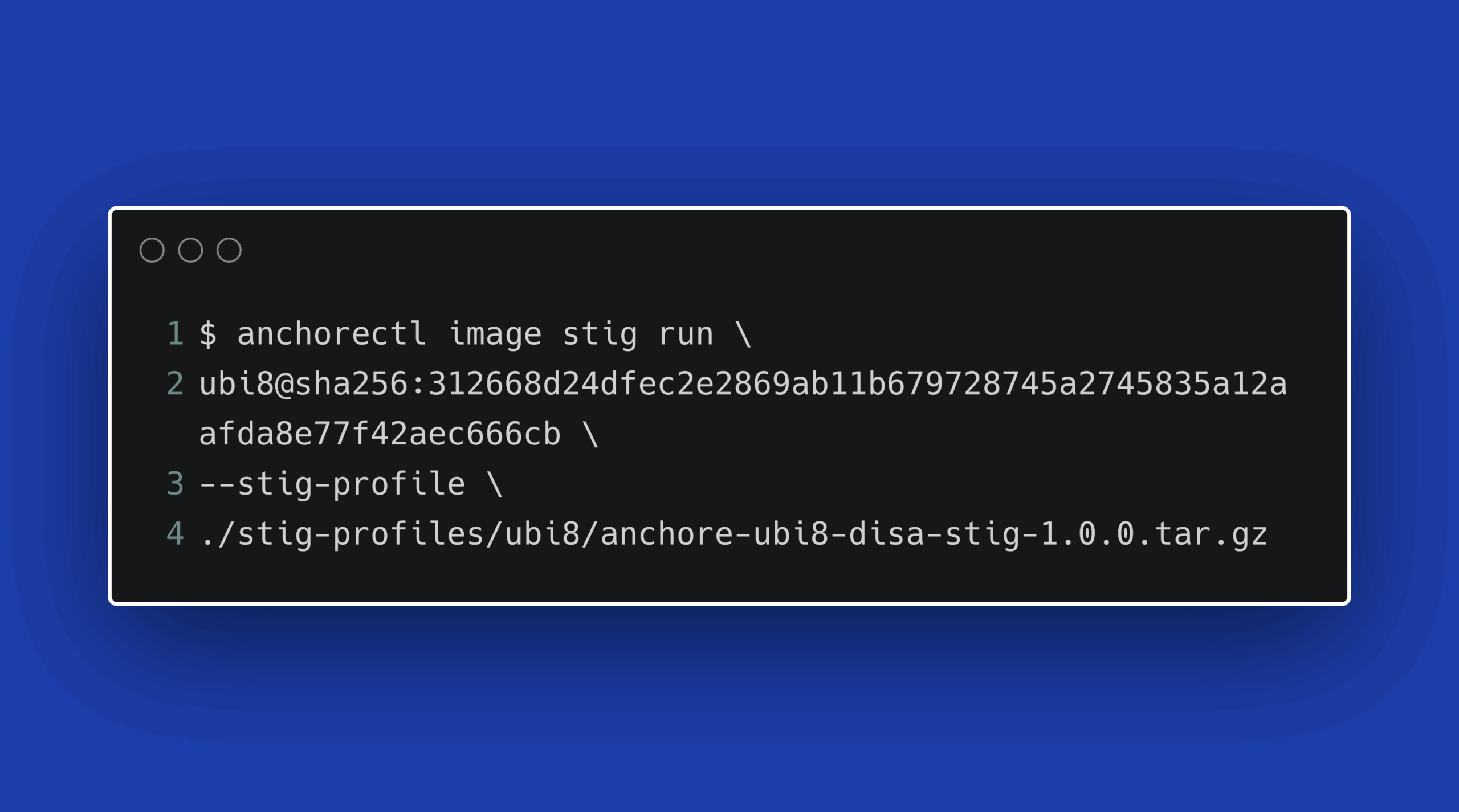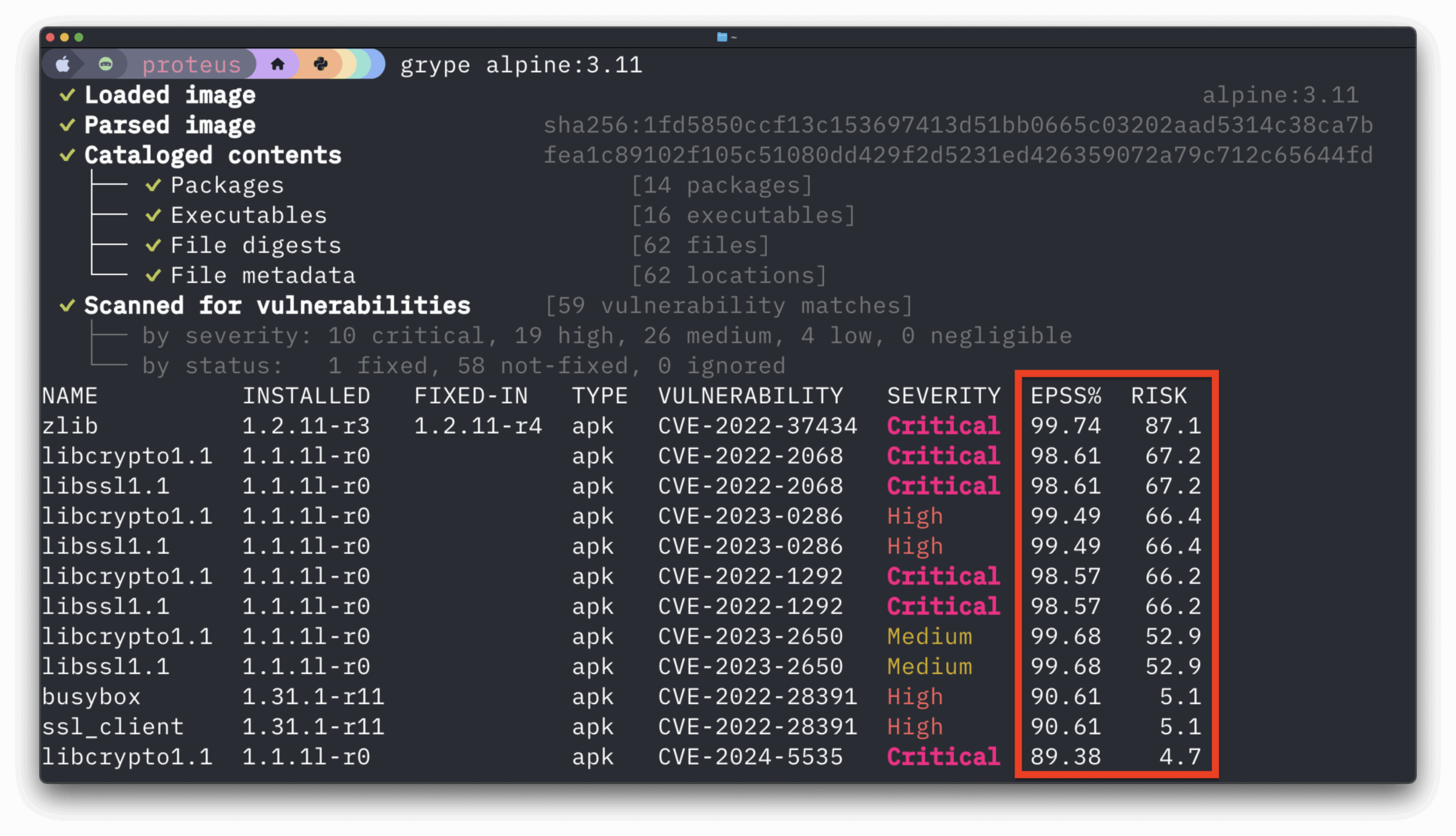DevSecOps open source convergence isn’t always apparent to business stakeholders. Here at Anchore, we’re believers in the open sourcing of DevSecOps because open source software (OSS) is foundational to cloud-native software development.
The Relationship between DevSecOps and Open Source
Open source technologies play a decisive role in how businesses and government agencies build their DevOps toolchains and capabilities. Entire companies have grown around open source DevOps and DevSecOps tools, offering enterprise-grade services and support for corporate and government customers.
DevSecOps Adoption IRL
The adoption of DevSecOps across the public sector and industries such as financial services and healthcare has been full of challenges. Some may even call DevSecOps adoption aspirational.
Adopting DevSecOps starts with shifting left with security. Work on minimizing software code vulnerabilities begins day 1 of the project, not as the last step before release. You also need to ensure that all your team members, including developers and operations teams, share responsibility for following security practices as part of their daily work. Then you must integrate security controls, processes, and tools at the start of your current DevOps workflow to enable automated security checks at each stage of your delivery pipeline.
Open Source in the Thick of DevSecOps
DevOps and DevSecOps can find their roots in the open source culture. DevOps principles have a lot in common with open source principles.
Software containers and Kubernetes are perhaps the best-known examples of open source tools advancing DevSecOps. Containers represent a growing open source movement representing some essential principles of DevSecOps, especially collaboration and automation. These tools can also help mitigate common threats such as outdated images, embedded malware, and insecure software or libraries.
The advantages of open source for DevSecOps include:
- No dependency on proprietary formats like you would get with vendor-developed applications
- Access to a vibrant open source community of developers and advocates trying to solve real-world problems
- An inclusive meritocracy where good ideas can come from anywhere, not just a product manager or sales rep who’s a few layers removed from the problems users encounter every day during their work.
Creating a DevSecOps Open Source Strategy
Here are some tips about how to set a DevSecOps open source strategy:
1. Presenting Open Source to your Organization’s Leadership
While open source technologies are gaining popularity across commercial and federal enterprises, it doesn’t always mean that your management are open source advocates. Here are some tips for presenting open source DevSecOps solutions to your leadership team:
- Open source technologies for a DevSecOps toolchain offer a low entry barrier to build a proof of concept to show the value of DevSecOps to your leadership team. Presenting a live demo of a toolchain carries much more weight than another PowerPoint presentation over another Zoom call.
- Proper DevSecOps transformation requires a roadmap that moves your enterprise from the waterfall software development life cycle (SDLC) or DevOps to DevSecOps. Open source tools have a place on that roadmap.
- Know the strengths and weaknesses of the open source tools you’re proposing for your DevSecOps toolchain, especially for compliance reporting.
- Remember, there are costs for implementing open source tools in your DevSecOps toolchain to work hours, implementation costs, operations, and security.
2. Establish OSS Governance Standards as an Organization
There can be many ways that OSS enters your DevSecOps pipeline that break from normal software procurement norms. Since OSS doesn’t come with a price tag, it’s easy for OSS to bypass your standard software procurement processes and even your expense reports, for that matter. If you’re building cloud-native applications at any sort of scale, you need to start wrapping some ownership and accountability around OSS.
Smaller organizations could assign a developer ownership and accountability over the OSS in their portion of the project. This developer would be responsible for generating the software bill of materials (SBOM) for the OSS under their responsibility.
Depending on the size of your development organization and use of OSS, it may make more sense to establish a centralized OSS tools team inside your development organization.
3. Place Collaboration before Bureaucracy
The mere words “software procurement” invoke images of bureaucracy and red tape in developers’ eyes, primarily if they work for a large corporation or government agency. You don’t want to repeat that experience with OSS procurement. DevSecOps offers you culture change, best practices, and new tools to improve collaboration.
Here are some ways to message how open source procurement will be different for your developers from the usual enterprise software procurement process:
- Count your developers and cybersecurity teams as entire stakeholders and tap into their open source experience
- Open and maintain communication channels between developers, legal, and business stakeholders through the establishment of an OSS CoEOSPO or similar working group
- Communicate with your developers through appropriate channels such as Slack or Zoom when you need input and feedback
4. Educate Your Stakeholders About the Role of OSS in DevSecOps
While your development teams may be all about OSS, that doesn’t mean the rest of your business stakeholders are. Use stakeholder concerns about the current security climate as an opportunity to discuss how OSS helps improve the security of your software development efforts, including:
- OSS means more visibility into the code for your cybersecurity team, unlike proprietary software code
- OSS tools serve as the foundation of the DevSecOps toolchain, whether its code and vulnerability scanning, automation, testing, or container orchestration
- DevSecOps and OSS procurement processes enable you to create security practices
5. Upgrade Your OSS Procurement Function
Your OSS procurement may still be entirely ad hoc, and there’s no judgment if that’s served your organization well thus far. However, we’re entering a new era of security and accountability as the software supply chain becomes an attack vector. While there’s no conclusive evidence that OSS played a role in recent software supply chain breaches, OSS procurement can set an example for the rest of your organization. A well-executed OSS procurement cycle intakes OSS directly into your DevSecOps toolchain.
Here are some upgrades you can make to OSS procurement:
- Establish an OSS center of excellence or go one step further and establish an open source program office to bring together OSS expertise inside your organization and drive OSS procurement priorities.
- Seek out an executive sponsor for OSS because it’s safe to say OSS adoption and procurement inside some enterprises aren’t easy. You are going to be navigating internal challenges, politics, and bureaucracy. Seek out an executive sponsor for OSS procurement in your organization. A chief technology officer or VP of development are natural candidates for this role. Your procurement effort needs an executive-level sponsor to champion your efforts and provide high-level support to ensure that OSS becomes a priority for your development organization.
- Encourage developer involvement in the OSS community, not only because it’s good for their career, your organization benefits from the ideas they bring back to in-house projects.
6. Make Risk Management Your Co-Pilot
Your development team assumes responsibility for the OSS to keep it secure and ensure your teams run the latest version and security updates. Such work can take developers away from client-facing and billable projects. There are corporate cultures, especially in professional services and system integration, where developers must meet quotas for the billable work. Maintaining OSS behind the scenes — when a customer isn’t necessarily paying — is a hard sell to management sensitive to their profit & loss.
A more cavalier approach is to move fast and assume the OSS in question is being kept up to date and secure by a robust volunteer effort.
Another option is outsourcing your OSS security and maintenance and paying for somebody else to worry about it. This solution can be expensive, even if you can find a vendor with the appropriate skills and experience.
7. Bring Together Developers + Business for DevSecOps Open Source Success
Software procurement in the enterprise world is an area of expertise all unto itself. When you take steps toward creating a more formalized OSS procurement cycle, it takes a cross-functional team to succeed with OSS procurement and later governance. An Open Source Program Office can be the ideal home for just such a cross-functional team.
Your contracts and legal teams often don’t understand technology, much less OSS. Likewise, your developers won’t be knowledgeable about the latest in software licensing.
Such a coming together won’t happen without leadership support and maybe even a little culture change in some organizations.
DevSecOps: Open Source to Enterprise Software
Compliance, whether it’s the United States government’s FedRAMP or commercial compliance programs such as Sarbanes Oxley (SOX) in the healthcare industry and Payment Card Industry Data Security Standard (PCI DSS) in the financial services industry, brings high stakes. For example, mission-critical government cloud applications can’t go live without passing an authority to operate (ATO). Financial and healthcare institutions face stiff fines and penalties if their applications fail compliance audits.
Beyond that, the breach of the week making headlines in mainstream and technology media is also driving DevSecOps decisions. Companies and federal agencies are doing what they can to becoming another cybersecurity news story.
Such high stakes present a challenge for organizations moving to DevSecOps. Relying on open source solutions solely for a DevSecOps toolchain puts the onus of maintenance and patching on internal teams. There’s also a point for tools such as container scanning your organization needs to look at enterprise offerings. Most often, the reason to move to an enterprise offering is that of compliance audits. For example, you require enterprise-class reporting and a real-time feed of the latest vulnerability data to satisfy internal and external compliance requirements. Vendor backing and support also become a necessity.
Final Thought
A DevSecOps open source strategy comes from melding procurement, people, and DevSecOps practices together. Doing so lets your organization benefit from the innovation and security that open source offers while relying on DevSecOps practices to ensure collaboration throughout the whole development lifecycle to successful product launch.



